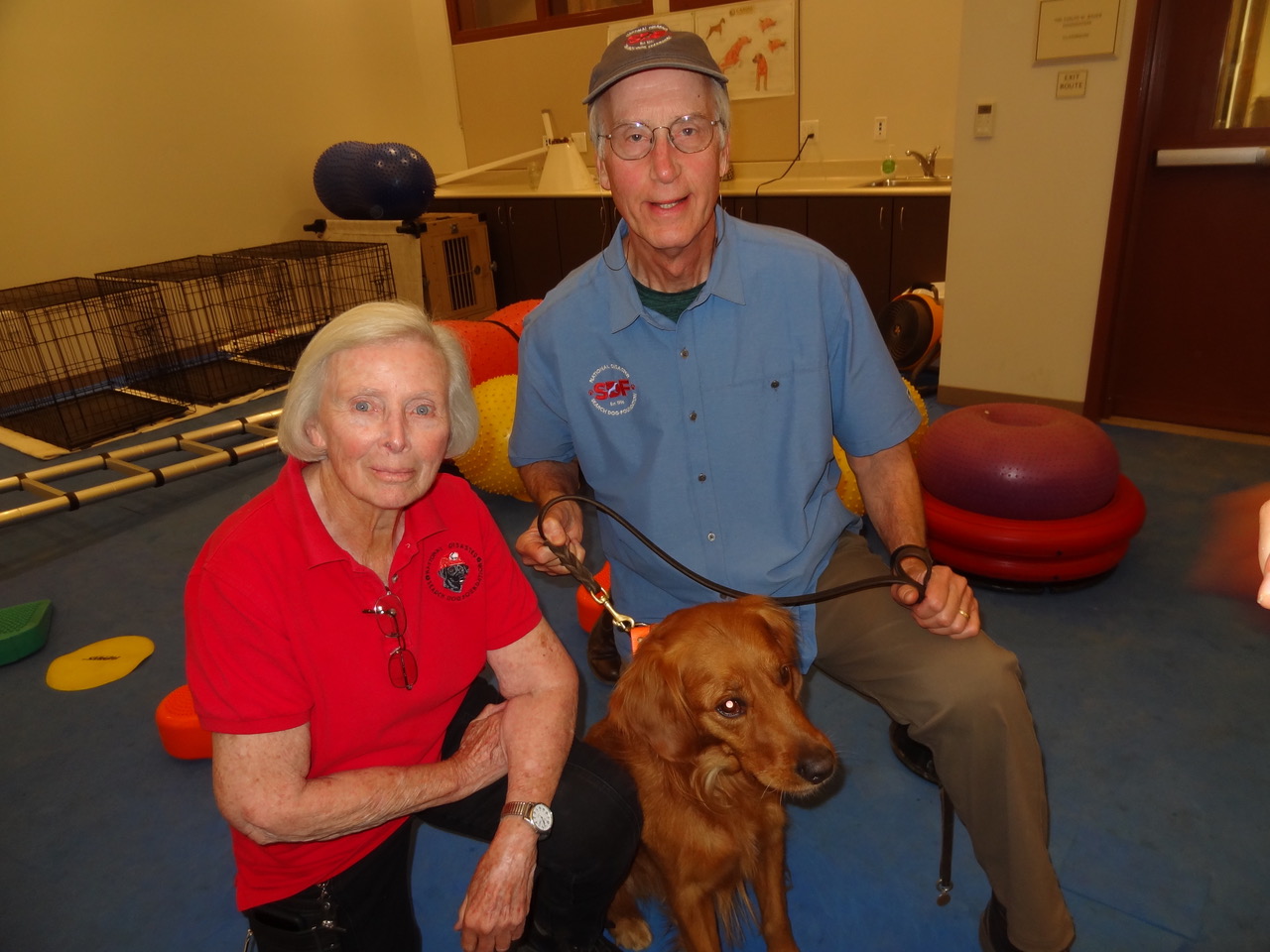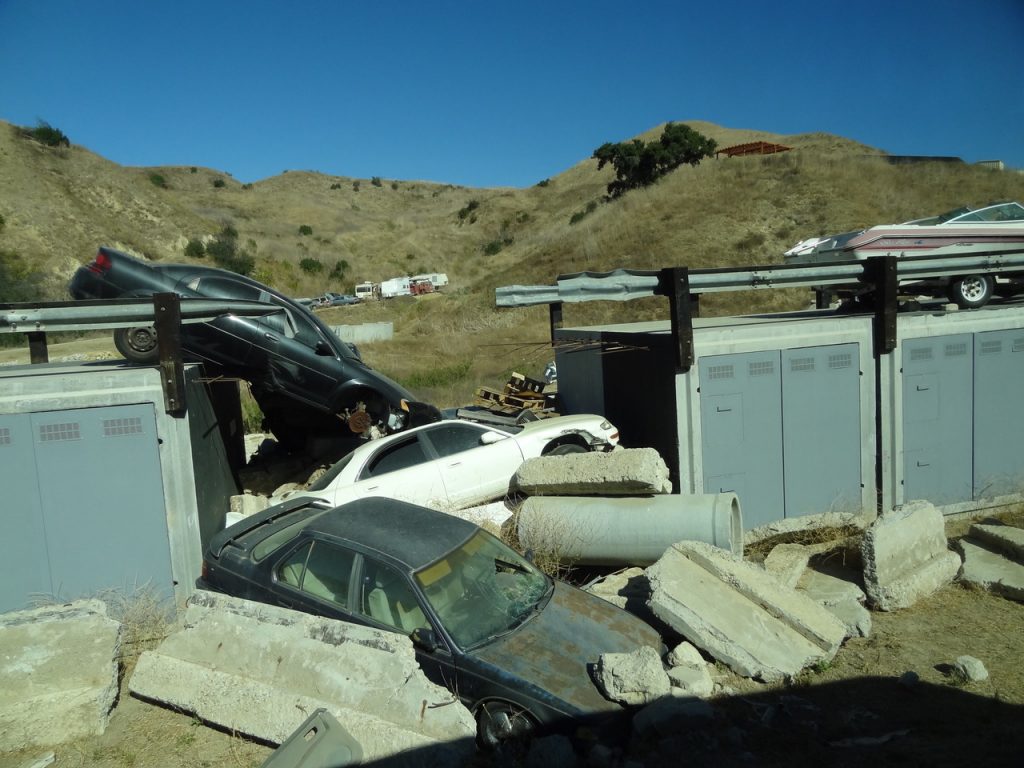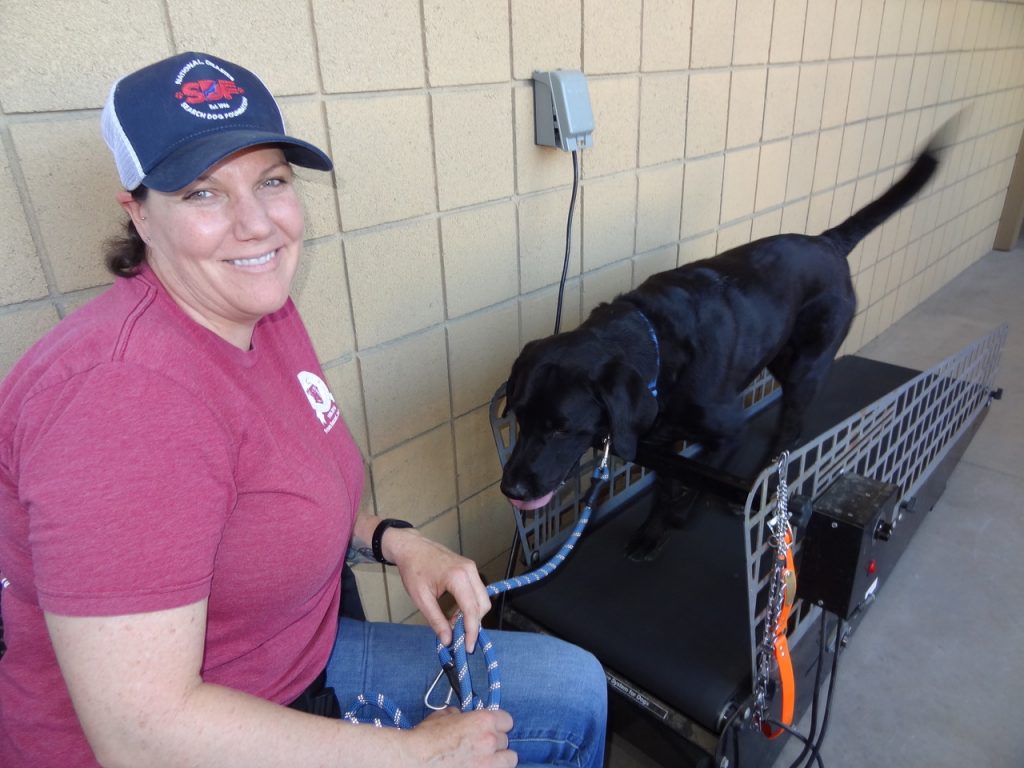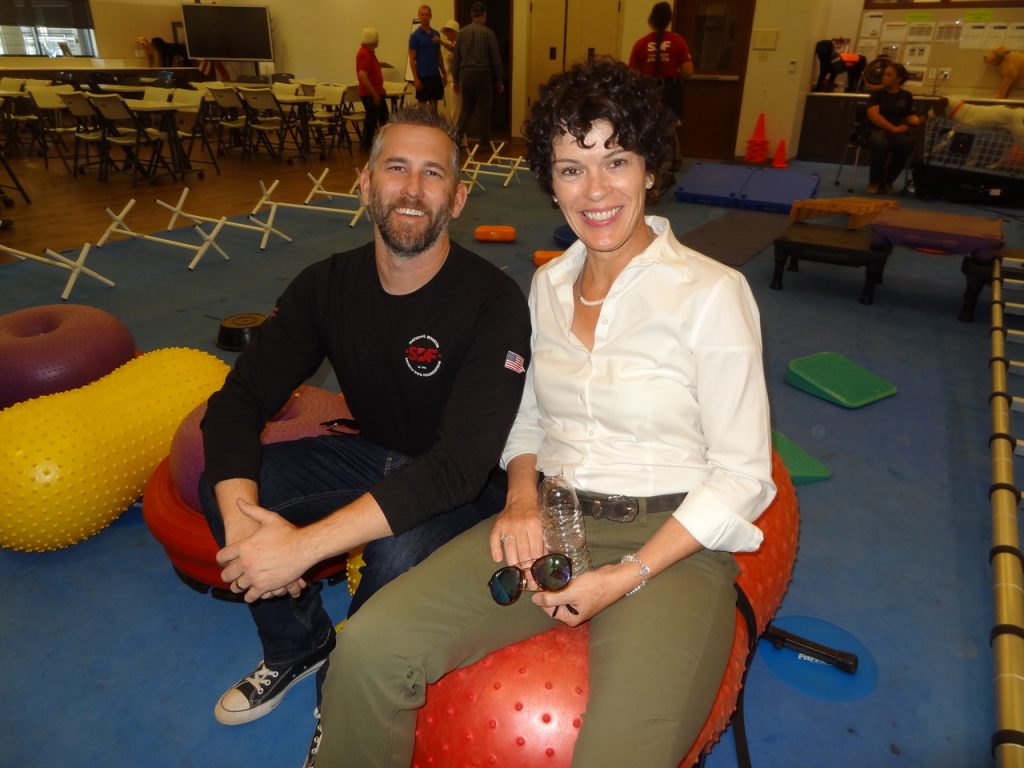From Rescued… To Rescuer

When the founder of the National Disaster Search Dog Foundation (SDF) Wilma Melville was looking for a place and funding the banks all said, “You’re going to do what?” except Montecito Bank & Trust. It became a $30 million project and was open in 2010 for the business of training dogs to find live people in a disaster. It was first founded in 1996 but was not the training center it became in 2010. Montecito Bank & Trust president George Leis is also the chairman of the National Disaster Search Dog Foundation.
Humans performing search and rescue are not as fast as a dog to get through the debris. What’s even more heart warming is the dogs who do the job. They are practically all rescue dogs, many of whom were returned to shelters because the owners couldn’t deal with their high energy level. Just the trait needed for rescue. They also need intense drive, athleticism, and focus.

MClub from the Montecito Bank & Trust took a bus to spend the day learning about these miracle dogs at the 125-acre campus (doggie Disneyland) on Wheeler Canyon Road near Santa Paula. It’s a very classy place with a giant Search City. When SDF executive director George Haynes asked my favorite thing of the day, I replied, “Search City.” Part of the dog’s training is to wend their way through a mountain of rubble, earthquake house, airplane wreck, train wreck, and wrecked cars to find a living person and there is one hiding in there. They are also exercised in a water treadmill and a regular treadmill. They get to run and chase a ball and are rewarded with kibbles but the big reward is a toy – a ball on a short rope. An extra special treat is a hot dog or a piece of cheese. While the dogs are being trained they think they’re playing. It takes about nine months to train a dog and then he’s put with his handler. Many are firemen and the dogs live with their handlers. They are at the training camp for two weeks, but there are always brush up training sessions after that. The dogs can also follow hand and whistle signals, because they can’t always hear their handler.
Wilma got her inspiration from taking a rescue dog to the Oklahoma City bombing. She learned there were only 15 rescue dog teams in the United States. One hundred and sixty-eight died in Oklahoma City and Wilma’s goal became to get 168 search teams. As of October 1, 2019 there have been 193 search team deployments to various places in the United States and around the world.


SDF director of development Rhett Mauck said, “My favorite thing is to see how wild some of the dogs are when they arrive and after training they are a different, well-behaved animal.” Contrary to usual training, the dogs are taught to bark when they find a live victim and they won’t stop until someone comes. Some of the breeds used are labs, German shepherds, and border collies. If a dog doesn’t make it for human rescue, they can be given a different career like a drug dog or a bed bug dog. Or trained to be a family pet.
We had a salad box lunch and got to eat it in the classroom which is also part of the doggie gym. The trainer likened it to us being in a gym and having someone eating their lunch and looking at us. But I don’t think the dogs minded. They knew they would get a treat at the end.
The Thomas Fire did burn part of the SDF facility, but it has been rebuilt. During the Montecito mudslide we had 18 teams and some of them stayed in the facilities at SDF. A couple of the dogs fell through the mud into a swimming pool and had to be rescued. As handler of search dog Decker, Brent Brainard said during the Montecito debacle, “This is what we train for, this is what we are meant to do. Decker and I work together to be sure we give our all and leave no one behind. I couldn’t ask for a better partner… I’m pretty sure I needed him during this deployment more than he needed me.”
The average donation is only $50. If you’d like to contribute call 805.229.0083. If you’re ever caught in a disaster, you’ll be glad to hear that bark.







